Top dressing of tomatoes with potassium monophosphate
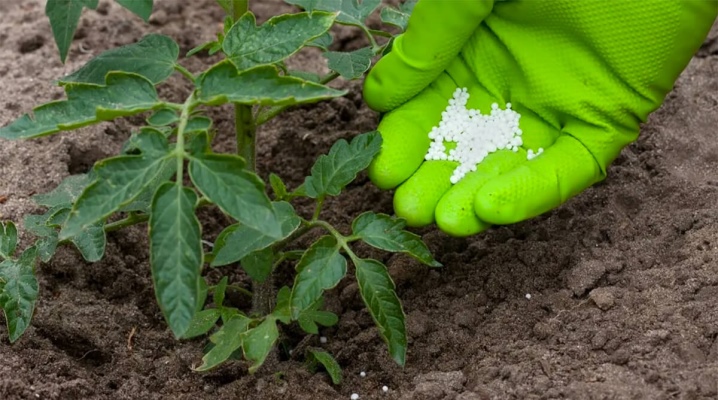
To increase the productivity of cultivated crops, farmers periodically feed the soil with special compounds. Their performance characteristics contribute to the enrichment of the soil with useful substances, making it more fertile. As a result of such feeding, the root system of agricultural and ornamental plants is strengthened, their resistance to unfavorable environmental factors increases, and the quality of the fruits improves in general. One of the effective drugs for plant fertilization is potassium monophosphate.
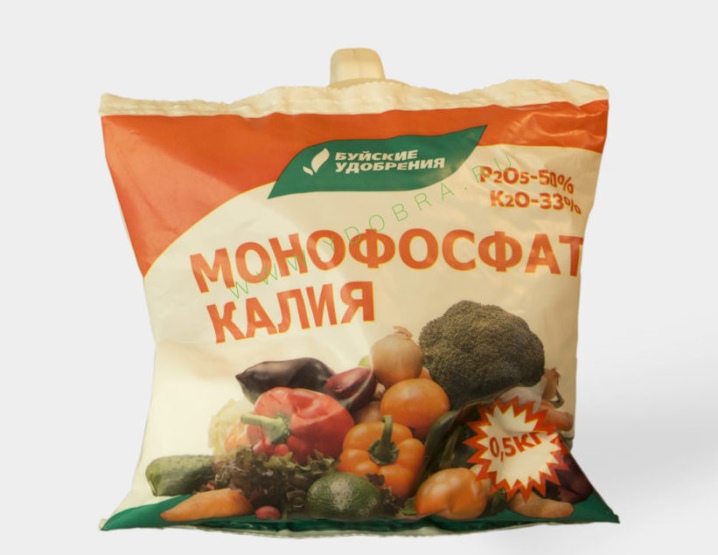
Peculiarities
Mineral feeding potassium monophosphate is quite concentrated in composition. It is used to increase productivity and extend the flowering period of fruit and ornamental crops of various types. Fertilizer dissolves well when it gets into water, and is easily absorbed by plants. It is chemically pure. Consists of 52% phosphate and 33% potassium.
Potassium monophosphate contributes to:
- improving the flowering and taste of fruits (accumulates high concentrations of sugar, vitamins in them);
- increased fruiting;
- protecting plants from many diseases, including powdery mildew;
- an increase in the storage period of vegetable fruits;
- full assimilation by plants of all substances of the drug;
- enrichment of water for moistening and watering the soil.
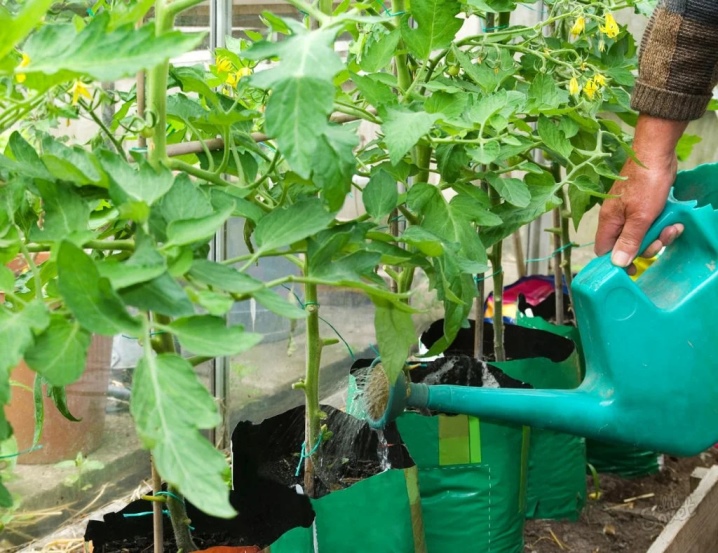
Plants fertilized with potassium monophosphate tolerate wintering more easily. In the summertime, even an exceeded concentration of the dosage of the drug does not cause burns to the green part of plants and rhizomes of cultivated crops.
Fertilizer can be combined with pesticides. It provides a whole range of advantages and does not cause side effects, does not actually change the acidity of the soil and increases the resistance of plants to fungal and other diseases. The value of the drug lies in the fact that it does not contain harmful, toxic substances.
Potassium monophosphate solution is suitable for processing not only open soil, but also greenhouse plants. The product perfectly nourishes, fully moisturizes the soil and ensures a more generous and healthy harvest.
Feeding with potassium monophosphate is possible in different ways, depending on the growth phase of the vegetable crop.

Forms of issue
Mineral fertilizer with phosphorus and potassium is widely used in small plots and large farms. Monopotassium phosphate powder or granules are often used in the agricultural and horticultural sphere as part of various mixtures for plant nutrition.
The agrochemical is supplied for sale in different packaging and release forms. You can buy dry matter in a plastic bag, packaged in 500 g, or in a bag weighing 25 kg. At a relatively low cost, potassium monophosphate can be used everywhere and quite actively. Sometimes it is possible to purchase the drug by weight. But a more convenient option is to buy in packaged packaging.
In order to preserve all the beneficial properties in the nutritional mixture, it is recommended to store it under appropriate conditions: outdoors in a shady, dry place. If this is not possible, the fertilizer must be placed in a sufficiently ventilated area, away from moisture.
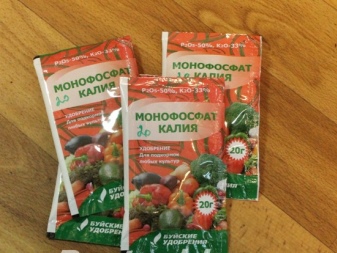
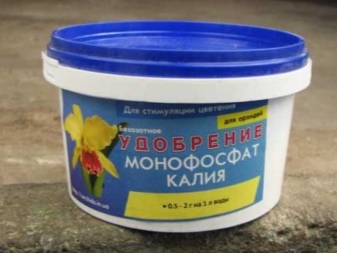
Application
Potassium monophosphate solution is suitable in the following cases.
- For processing seedlings. By spraying, watering and in other ways. Top dressing is usually carried out in a favorable period when the planting of the crop is not delayed due to bad weather.Under unfavorable conditions, it is better to fertilize with "Kornevin" to stimulate the formation of roots at the stage of their being in boxes or pots. With late planting of seedlings, this helps to increase yields.
- For feeding indoor flowers and plants under the root. It is customary to feed ampelous and flowerpot crops with potassium monophosphate.
- For feeding horticultural fruit crops. It is important to dissolve the fertilizer completely in water. Plants are treated in order to prolong the flowering period and to stimulate intensive fruiting in the future.
- When processing ornamental crops outdoors. The solution is fertilized with flowers and other plants that do not grow in indoor conditions, but in outdoor garden plots or in beds, and are used for food. Potash fertilization is an important measure to support the active flowering phase of such crops.
- For feeding tomatoes. The introduction of potassium monophosphate into the soil when growing bushes with tomatoes is carried out according to the instructions while moving the seedlings into the ground, when processing plantings in spring and during the flowering phase. Emergency leaf feeding is recommended after prolonged rains, to replenish the supply of potassium, which the above-ground areas of plants have lost due to heavy rainfall.
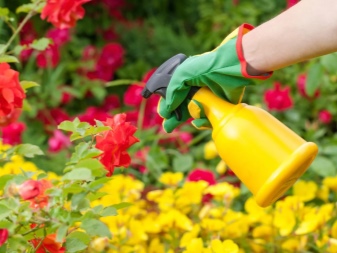
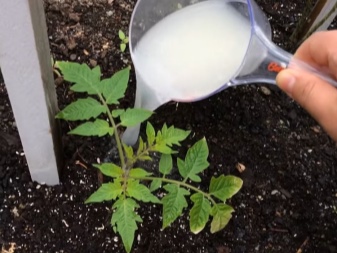
The use of phosphate-potassium fertilizer can be done in one of the following ways:
- as a foliar feed;
- introduction into open ground or into a greenhouse.
For example, when fertilizing tomato crops, dry potassium monophosphate is dissolved in water and administered as an independent feeding. But in some cases, it is included in the composition of the mineral mixture. Such compositions are suitable not only for spraying tomatoes, but also for fertilizing other crops.
The beneficial properties of mineral fertilizers show good results in and of themselves and are compatible with various types of dressings. The only exceptions are fertilizers with magnesium and calcium components. Together with nitrogenous compounds, potassium monophosphate is much more effective in stimulating the strengthening of the root system of tomatoes. Potash fertilizers are characterized by high acidity, therefore they are used simultaneously with calcium-containing compounds or lime.
It is advisable to introduce the drug with potassium during the autumn digging process. It is not allowed to use the drug more than 2 times per season.
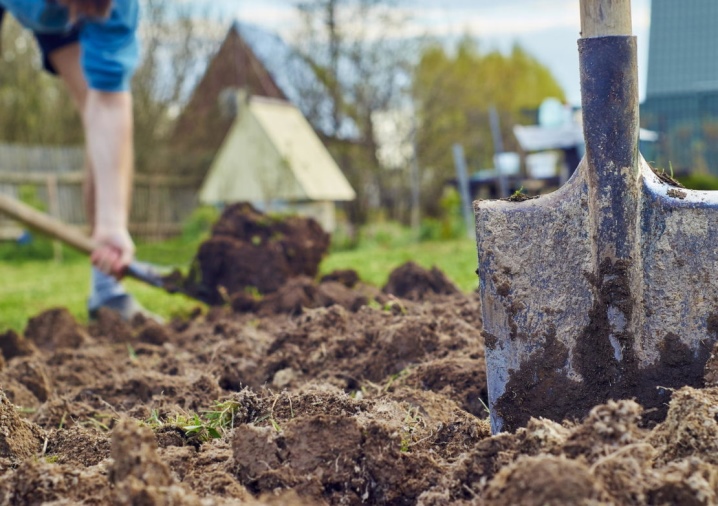
Dosage of groundbaits
It is important to determine the dosage strictly according to the instructions. Independent dosing variations are considered unacceptable. Regarding tomatoes, depending on the type of fertilizing with mineral fertilizers, the rate of their concentration is selected.
In general, according to the manufacturer's instructions, it is suggested to use such proportions.
- For spraying vegetable seedlings and flower crops, a solution is prepared from 7-10 g of powder or dry granules diluted with 10 liters of water. Top dressing is carried out in two stages: the first in the phase of 2-3 sheets with 3-5 liters of solution per m2 of planting, the next - after 10-15 days after picking or determining the seedlings into the prepared soil (it is permissible to increase the dosage from 5-6 sheets, using a proportion of 5-10 liters per m2).
- For processing vegetable crops, a solution is correctly drawn up according to such a dosage - from 7.5 to 15 liters per m2. They also count on 2 top dressing: the first falls at the beginning of fruiting, and the second starts 15–20 days later. Each time, the solution must be diluted at the rate of 5-10 liters per m2.
- To feed fruit and berry and ornamental shrubs with minerals, you will need 10-15 g dissolved in 10 liters of water. Fertilize in 3 stages: the first time after flowering, the second - 15–20 days later, and the third - around the middle of September (10-20 liters per 1 m2).
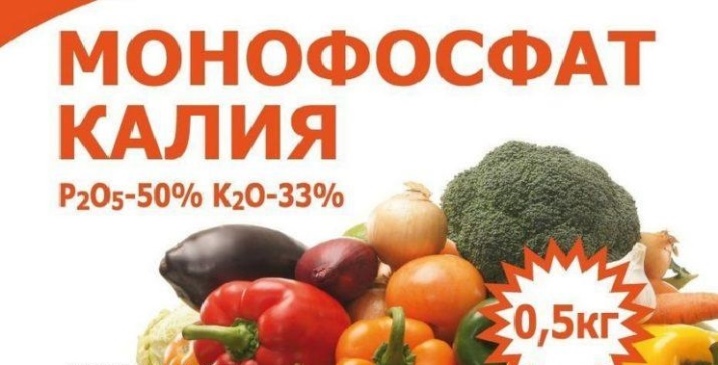
Top dressing of seedlings
Using tomatoes as an example, you can consider the correct introduction of top dressing. It is introduced during watering in the form of a diluted concentrate with 10 liters of water per 10 g of dry dressing. The consumption rate for watering tomato seedlings is 5 liters of an aqueous mineral solution per 1 sq. m. plot.

Top dressing of bushes
When introducing minerals under bushes planted in open ground or in greenhouse conditions, the instructions recommend a proportion of 15 to 20 g of mineral powder per 10 liters of water. In this case, the norm for fertilizing the soil is considered to be 3-4 liters of the prepared solution per one square meter of the area occupied by young shoots, and up to 5-6 liters - for processing mature plants. For example, this amount is enough for watering 4 tomato bushes.
Foliar dressing should take place in the evening. Between fertilizing tomatoes, you need to wait an interval of 2 weeks. The instructions for cultivating potassium monophosphate for groundbait by the foliar method are not recommended to fertilize vegetables more than twice during one harvest season.
Spraying is carried out early in the morning or in the evening to exclude the interaction of the fertilizer with ultraviolet rays.
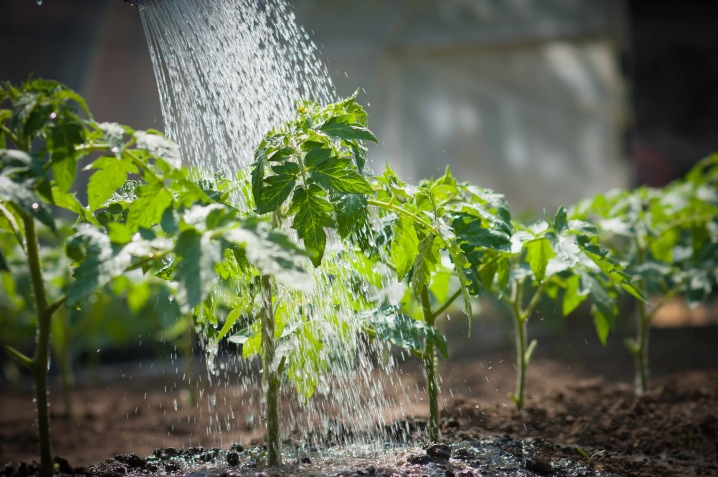
Precautionary measures
What nuances are taken into account when working with potassium monophosphate:
- fertilizer must be used immediately after unsealing the package;
- upon contact with moisture, its beneficial properties are partially lost;
- the preparation is not suitable for pre-winter feeding in the open field;
- on the eve of treatment, it is advisable to first remove the weeds;
- seeds for future seedlings should not be soaked in this mineral solution.
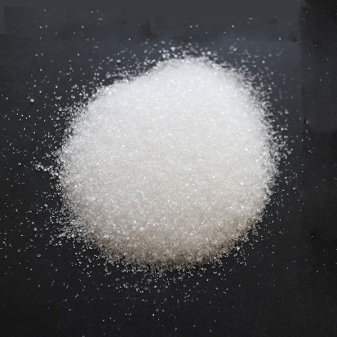
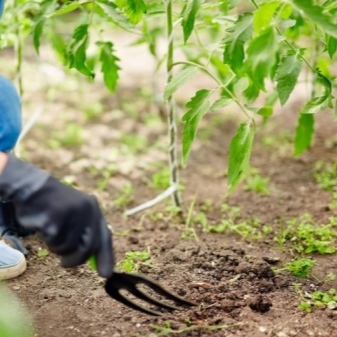













The comment was sent successfully.